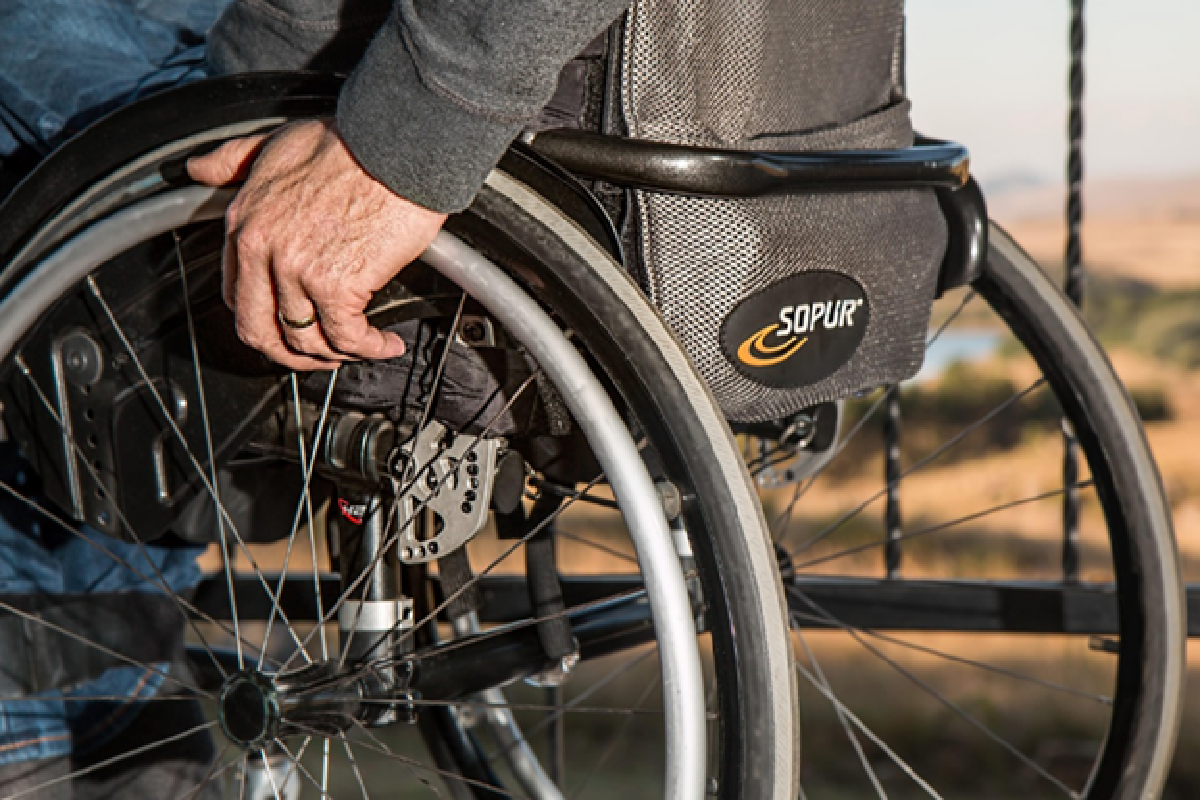Contents of this Post
ToggleModern healthcare increasingly relies on sophisticated medical devices, from robotic surgical systems to implantable cardiac monitors. When these devices malfunction or fail, patients can suffer catastrophic injuries that forever change their lives. The legal aftermath creates a complex puzzle: determining whether the injury resulted from physician negligence, a defective product, or both.
This intersection of medical malpractice and product liability law presents unique challenges for attorneys representing catastrophic injury victims. Understanding both legal frameworks is essential for achieving maximum recovery and ensuring all responsible parties are held accountable.
When Medical Care Meets Product Defects
The scenarios creating dual liability continue to multiply as healthcare technology advances. Hip and knee replacement surgeries involve sophisticated implants that can fail due to design flaws or improper surgical technique. Robotic surgery systems like the da Vinci robot can malfunction during procedures, but surgeon inexperience may also contribute to injuries. Cardiac devices including pacemakers and defibrillators can fail catastrophically, yet physicians bear responsibility for proper selection and monitoring.
Each scenario requires careful analysis to determine whether the injury stems from medical negligence, product defects, or a combination of both factors. This determination drives litigation strategy and affects potential recovery amounts.
Legal Theory Frameworks
Medical malpractice claims focus on whether healthcare providers met the appropriate standard of care. In device-related cases, this includes proper patient selection for specific devices, following manufacturer instructions, obtaining informed consent about device risks, and monitoring device performance after implantation.
Product liability theories operate differently. Design defect claims argue that devices are unreasonably dangerous as designed. Manufacturing defect claims focus on flaws in individual units that make them different from the intended design. Failure to warn claims target inadequate instructions or risk disclosures provided to physicians and patients.
The complexity increases when both theories apply to the same injury. A surgeon might properly implant a hip replacement according to accepted techniques, but the device itself might have a design flaw that causes premature failure. Alternatively, a well-designed device might fail due to surgical errors during implantation.
Causation Challenges
Determining causation becomes particularly complex in dual-theory cases. Medical experts must distinguish between physician error and device malfunction, often requiring detailed analysis of surgical techniques, device specifications, and patient outcomes. Engineering experts examine device design and manufacturing processes to identify potential defects.
These expert opinions sometimes conflict, creating battles over causation that can determine case outcomes. Courts must weigh competing theories about whether injuries resulted from medical negligence, product defects, or other factors entirely.
The burden of proof varies between malpractice and product liability claims, adding another layer of complexity. Medical malpractice typically requires proof of deviation from accepted medical standards, while product liability may allow recovery without proving specific negligent conduct by manufacturers.
Strategic Considerations for Attorneys
Successfully handling these cases requires early identification of potential device involvement. Attorneys must investigate both medical care quality and device performance, often requiring coordination between medical and engineering experts from the case’s beginning.
Defendant selection becomes crucial. Including both healthcare providers and device manufacturers creates opportunities for finger-pointing that can benefit plaintiffs, but also complicates discovery and trial preparation. Each defendant brings different insurance coverage, legal standards, and potential settlement dynamics.
Discovery coordination presents unique challenges. Attorneys must obtain medical records documenting care quality while also securing device manufacturing records, FDA compliance documentation, and post-market surveillance data. This dual investigation requires expertise in both medical malpractice and product liability discovery techniques.
Regulatory Considerations
FDA regulation adds another complexity layer. Some medical devices receive premarket approval (PMA) that can preempt certain state law claims under federal law. Other devices receive less stringent 510(k) clearance that typically doesn’t trigger preemption. Understanding these regulatory distinctions is essential for case viability.
FDA enforcement actions, warning letters, and recall notices can provide powerful evidence of device defects. However, FDA approval or clearance can also support manufacturer defenses, creating tension between regulatory compliance and legal liability.
Resources for Spanish-Only-Speaking Clients
Cuando un dispositivo médico causa lesiones catastróficas, determinar la responsabilidad legal puede ser muy complejo. Estos casos pueden involucrar tanto negligencia médica como defectos del producto. Un California abogado de lesion catastrofica con experiencia en estos casos complejos puede ayudar a identificar todos los responsables y asegurar que usted reciba la compensación completa que merece.
Families facing these complex situations should seek attorneys experienced in both medical malpractice and product liability law. The intersection requires specialized knowledge that general personal injury practitioners may lack.
Settlement and Damages Considerations
Multiple defendants create both opportunities and challenges for settlement. Plaintiffs may recover from multiple sources, but apportioning fault between doctors and manufacturers can reduce individual defendant liability. Insurance coverage varies significantly between medical malpractice and product liability policies, affecting settlement dynamics.
Early settlement with one defendant might strengthen claims against others by providing resources for continued litigation. However, settling too early might eliminate leverage needed to maximize total recovery.
The Future of Intersectional Cases
Healthcare technology continues advancing rapidly, creating new categories of potential intersectional liability. Artificial intelligence diagnostic systems, robotic surgical platforms, and personalized medical devices will generate novel legal questions about responsibility when technology fails.
Attorneys representing catastrophic injury victims must stay current with both medical malpractice and product liability developments. The intersection of these practice areas demands comprehensive understanding of medical standards, device regulation, and complex litigation management.
Successfully navigating these cases requires recognizing that catastrophic injuries involving medical devices often implicate multiple responsible parties. Thorough investigation, expert coordination, and strategic litigation management are essential for achieving justice for victims whose lives have been forever changed by the convergence of medical care and defective products.

